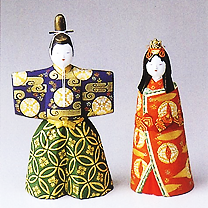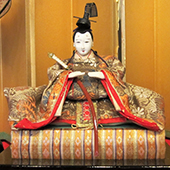Heian-Style Dolls
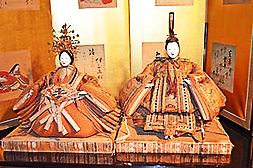
Kyoho-Bina
By the mid-18th century, Hinamatsuri dolls had become increasingly opulent, calling back to the tastes and aesthetics of the Heian Period (794-1185 CE). Named after the Kyoho Era (1716-1735 CE) when they first appeared, the Kyoho-bina were more popular among merchants than the aristocratic elite. These dolls are noted for their very elaborate costuming, which reflected historical speculation about what the Emperor and Empress might have worn at court.
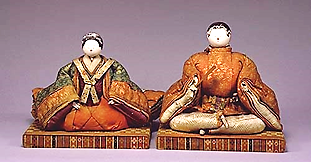
Jirozaemon-Bina
Okada Jirozaemon, a doll-maker in Kyoto, first created dolls with their hands loosely folded, or with their hands resting on bent knees. Feet are also more realistically depicted. These details were adopted by subsequent doll styles. Jirozaemon-bina garments are not overly fancy, blending Heian Period style with the relatively modest court dress of the 18th century.
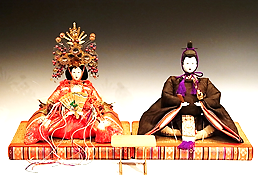
Yusoku-Bina
The Yusoku-bina style is the most ornate doll form. Created during the mid-18th century, this style was popular among the ruling elite. The name comes from a Heian Period manual about the ideal manners and behaviors of aristocrats. In keeping with that, the dolls’ clothing is elegant and precisely modeled to show the refinement and specificity of the imperial elite.
